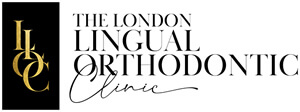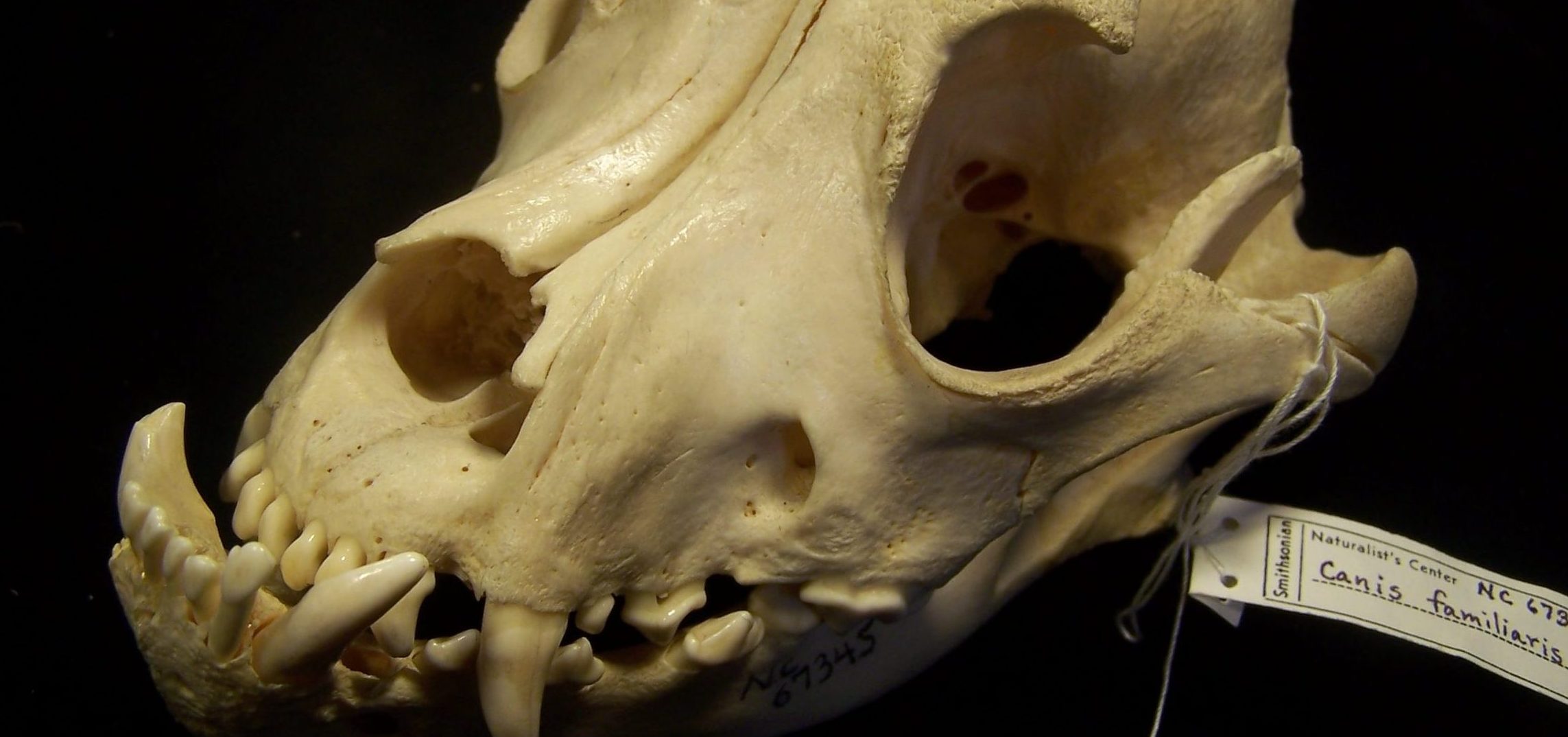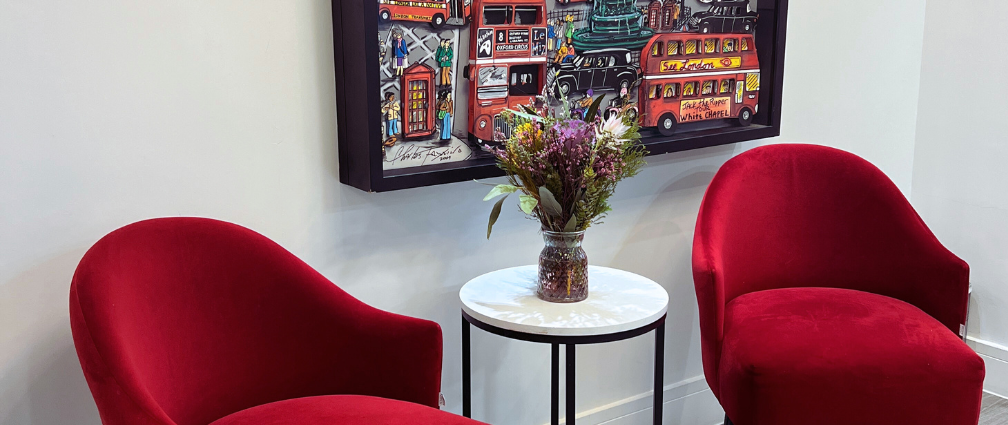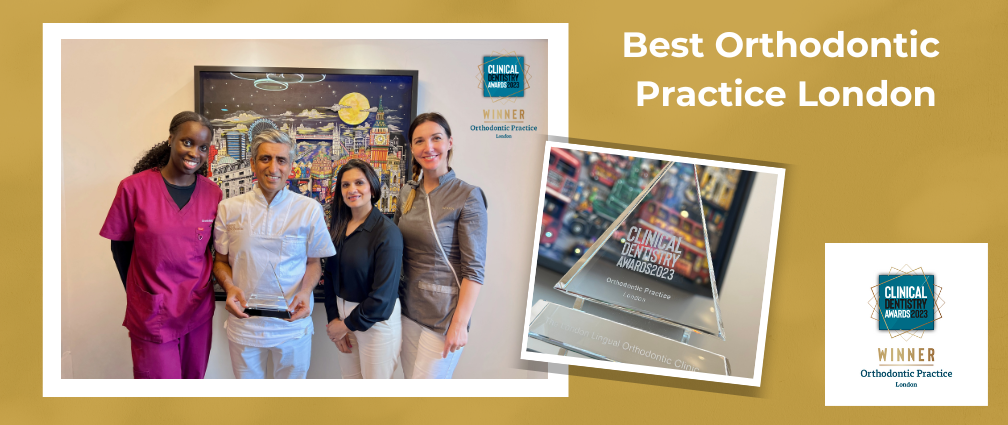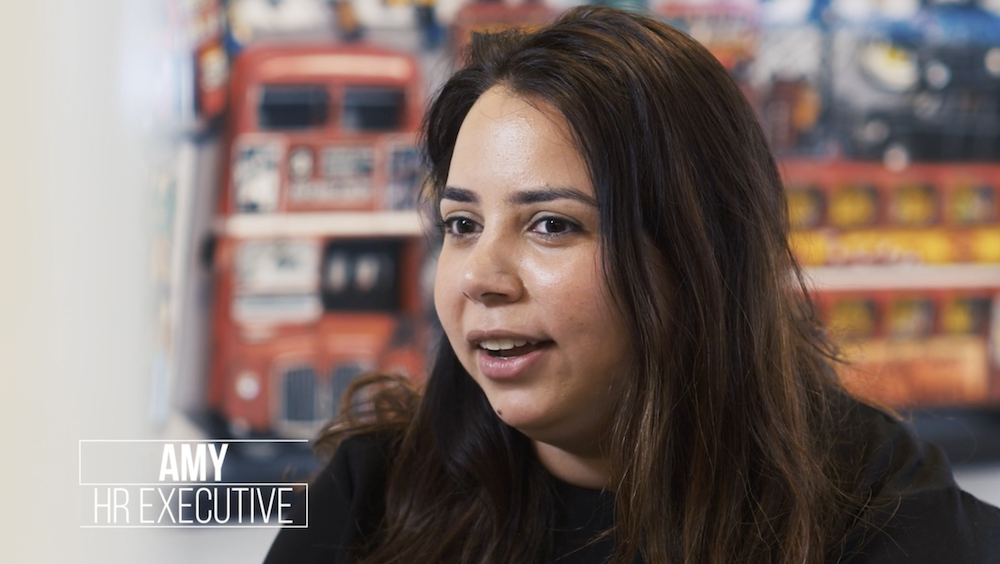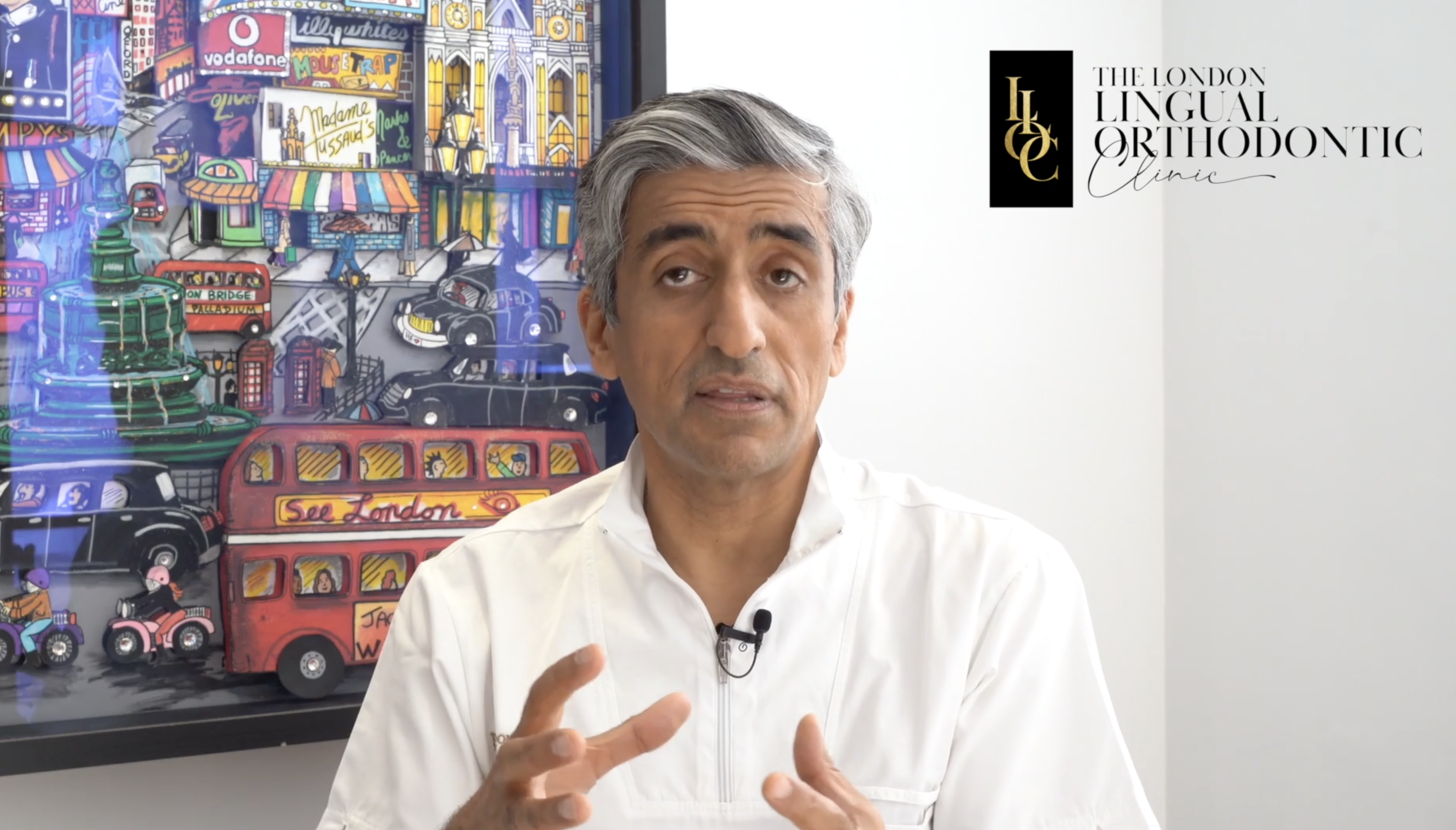Occlusions and malocclusions
What makes teeth perfect? Orthodontists work towards giving their patients a harmonious occlusion, the technical word to describe your teeth and how they meet when the upper and lower jaw close together. By using braces, we make teeth straight and also help the jaws meet harmoniously. Our work isn’t just about aesthetics, it’s also about helping you to bite and chew comfortably.
Ideally, our back teeth should meet together in a cog-like formation while our upper front teeth should partially cover our lower teeth. The technical term to describe teeth which are not perfectly aligned or jaws which do not meet harmoniously is malocclusion. But as this article is all about avoiding jargon, we will focus on dental problems! The common problems which patients want orthodontists to treat are:
- Crowded or crooked teeth
Crowding, as the name suggests, is when there is not enough space for all the teeth to fit in normal alignment within the jaw and they appear crooked. Sometimes teeth may be twisted or larger than the jaw space will allow. According to The BOS Adult Orthodontic Resource, crowding is the most common reason for people to seek or be referred for orthodontic treatment
- Gappy teeth
Teeth which have too many spaces between them are also a reason for people to seek treatment. A space between teeth is known as a diastema. One of the most common gaps to have is between the front two teeth. The most famous examples are Madonna, Vanessa Paradis and Georgia Jagger. The diastema can occur due to larger than average jaws or, smaller than average teeth. There are times when adult teeth don’t come through or form at all and this can also cause gaps.
- Sticking out teeth
In some cases, upper teeth can stick forward due to such childhood habits as the sucking of the thumb. In other cases, the lower jaw can sometimes be positioned too far back creating the appearance of teeth that ‘stick out’, or protrude.
- Overbite
An overbite describes a situation where the upper teeth completely – or almost completely – cover the lower teeth. Looking from the side, it is the vertical overlap of the upper teeth over the lower teeth.
- Underbite
The ‘under’ bite is almost an opposite of an overbite and refers to the condition when the lower jaw sticks out slightly and the lower teeth cover or are in front of the upper teeth. The chin and lower teeth often seem prominent. The British bulldog has an underbite!
- Crossbite
A cross bite is where the upper teeth bite inside the lower teeth which means they can clash. Over time, this can lead to damage to your teeth or to the jaw joint. Sometimes the tooth enamel can be worn away, leading to long-term damage.
Whatever the problem, a patient should always consult their dentist or orthodontist for proper diagnosis and treatment. Thanks to modern techniques, there are a range of orthodontic options including invisible braces which can treat many of these common issues.
It is during an initial consultation that I would discuss the best option for a patient’s teeth and mouth before embarking on any form of treatment to straighten teeth. It is always worth remembering that every patient is different so treatment must be bespoke to the individual, both clinically and to meet their needs.
